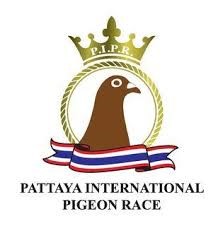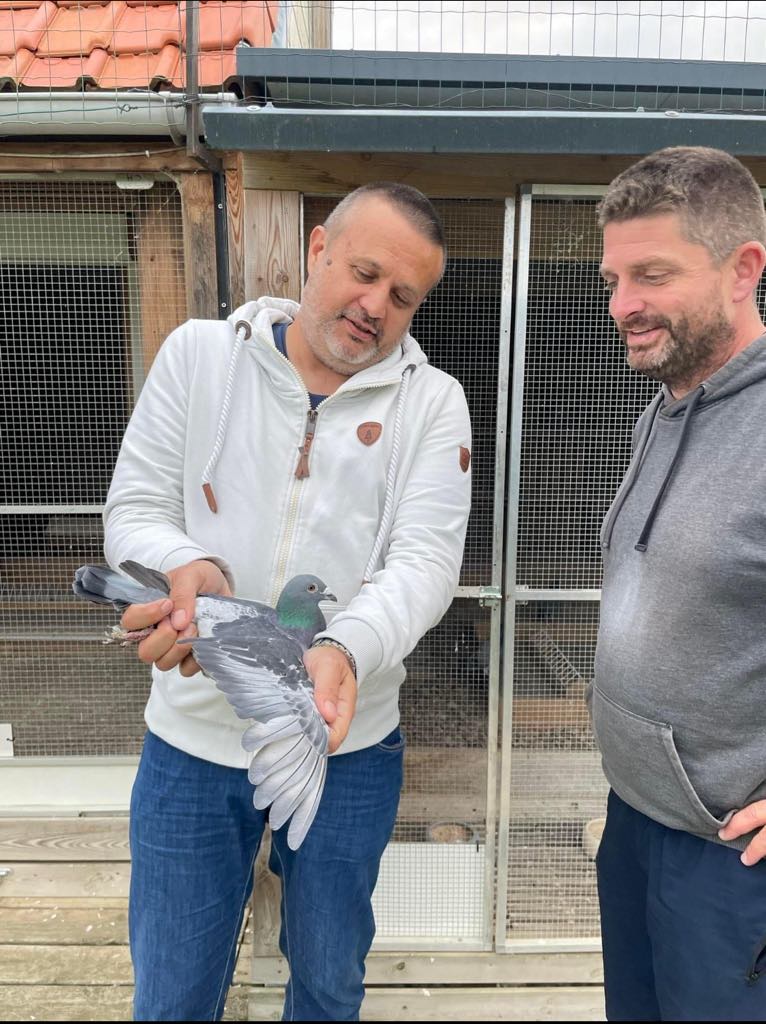
Is there a specific genetics for “One Loft Races”? Part 1
A difficult question, as the discipline is relatively young and diverse.
A bit of history: The first “One Loft Races” were organized in the mid-1990s. The real first race that gave this discipline its prestige was the “One Million Dollar Race” in Sun City, South Africa. This event was conceived by Zandy Meyer, who wanted to develop the “Olympics” of pigeon racing in a country where the sport is highly popular and where the flying conditions are very challenging. I invite you to learn more about this major race through Arte’s documentary: A race of pigeons and millions. Unfortunately, the race ended in 2020, but its first edition took place in 1997. We will come back to this, as this race is foundational to the “OLR genetics,” if such genetics exist.

Alongside the development of private races, the FCI (Fédération Colombophile Internationale) also organized races as part of the Olympic events, including a championship with competitors participating in a selection of races, the FCI Grand Prix here. Another notable race takes place annually in Mira, Portugal, where pigeons selected by different federations compete as teams to determine a team ranking. These labeled races are spread across various continents, with a European predominance but also strong participation from Asian lofts.

One Loft Races are also highly developed in the USA, with prestigious races such as the Hoosier in California. In fact, there are dozens of races in the United States, with American fanciers showing significant specialization. The concept of One Loft Races originated in the U.S., which can be considered the birthplace of these races. Why? Mainly to address the issue of pigeon fancier density in such a vast country. Although there are still large clubs in cities like Chicago, New York, and Florida, the lack of fair competition opportunities led to the development of this type of race.
So, after nearly thirty years of the discipline’s development, One Loft Races now present a great diversity of flying conditions.
We have autumn races with that year’s youngsters and spring races with yearlings born the previous summer or fall, as well as variations in climate and topography, with races taking place in plains or mid-mountain areas, and in oceanic, continental, Mediterranean, desert, or tropical environments. The final races range from 400, 500, 600, or even 700 kilometers, and the contingents can vary from a few hundred pigeons to several thousand, as seen in Pattaya, where this year’s race started with nearly 11,000 participants.

We must not forget the challenging “breeding ground” that pigeons face at the beginning of these races, despite the vaccinations administered.
So, is there such a thing as “OLR genetics”?
What general traits should we expect in pigeons that must perform in One Loft Races? Depending on whether it’s an autumn or spring race, the pigeon’s speed of maturity is an important factor. These pigeons must be able to cover significant distances within just a few months of life, considering they are played on perches without separation of the sexes. There is no widowhood system, and they must have a relatively slow molt while being able to stay motivated on the perch. Strong immunity is also an intrinsic quality to seek, as despite the loft managers’ diligent health care, the risk of encountering a virus or bacteria is high, especially in the early weeks.
What other characteristics might be necessary? It depends on the type of race: high-speed races (over 1400 mpm), slower “pedestrian” races (below 1000 mpm), large or small contingents, heat, humidity, and the frequency of races and training sessions. Adaptation to a more “Spartan” management system compared to our own lofts can also be a key factor for success.

In this regard, I’ve noticed a shift in recent years in how One Loft Races are conducted, mirroring the general trend in pigeon racing. Until the mid-2010s, final races generally resembled marathons for young pigeons, with a low percentage of arrivals on the day of the final (usually around 500 km) and slower speeds. While the rate of losses can still be high up to the final race, it is clear that races are getting faster. It’s not enough to simply “return” anymore; pigeons must “return quickly,” ideally pulling ahead of the pack to win.
Thus, is there a “generalist OLR genetics” (one that works everywhere), specific to certain types of One Loft Races, or could certain bloodlines adapted to particular flight paths and races produce potential OLR winners?
Stay tuned for the second part of this article.
Vincent Béguier






